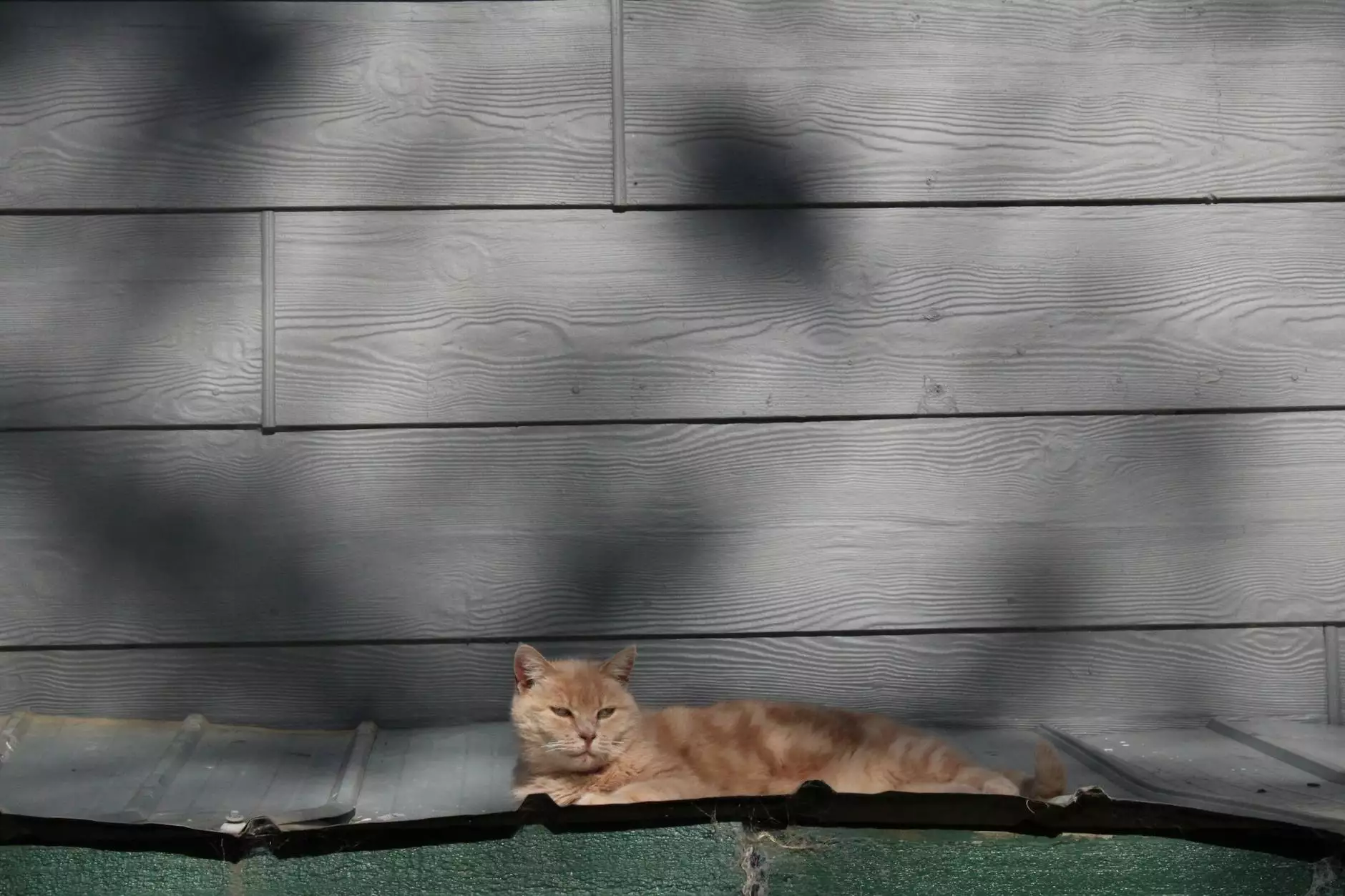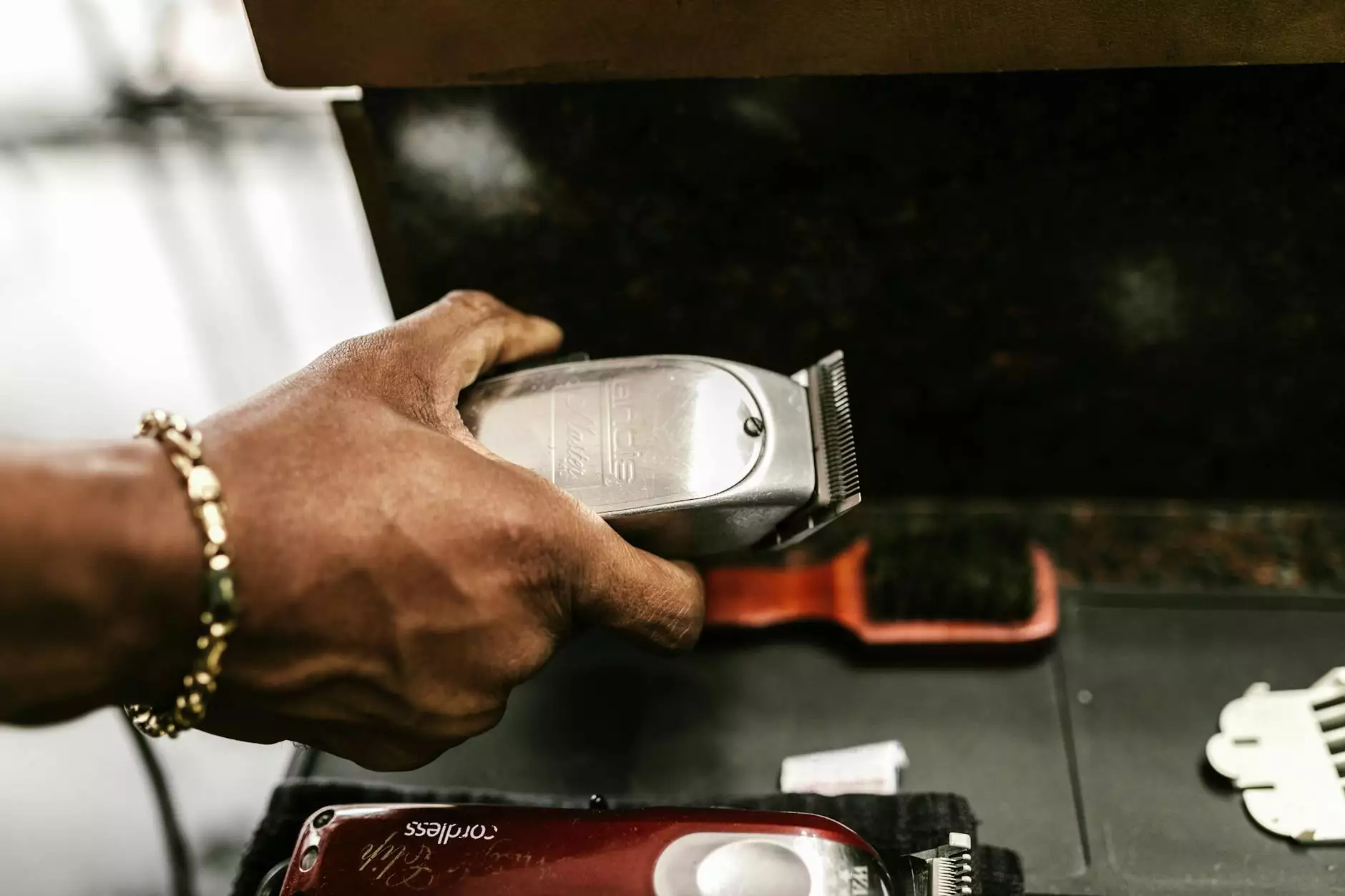Siding Replacement Cost Per Square Foot: A Comprehensive Guide

The siding replacement cost per square foot can significantly influence your decision to renovate or upgrade your home’s exterior. For many homeowners, siding is not just a protective wall covering; it’s a critical component that contributes to the overall energy efficiency of their home, enhances curb appeal, and adds value to their property. In this extensive guide, we will explore the many facets of siding replacement, including types of siding materials, average costs, factors affecting pricing, and maintenance considerations.
Understanding Siding and Its Importance
Siding serves multiple purposes, including protecting your home from weather elements, providing insulation, and enhancing aesthetic appeal. The type of siding you choose can impact your home's look, insulation properties, and long-term maintenance costs. Here are the primary functions of siding:
- Protection: Siding acts as a barrier against rain, wind, snow, and hail.
- Insulation: High-quality siding can improve your home's insulation, potentially lowering heating and cooling costs.
- Value Addition: A well-maintained exterior can increase your property’s market value.
- Aesthetic Appeal: Siding contributes to your home’s overall design and curb appeal.
Types of Siding Materials
Before diving into the siding replacement cost per square foot, it’s essential to understand the various materials available on the market. Each material offers unique benefits and varying price points:
1. Vinyl Siding
Vinyl siding is among the most popular options due to its affordability and low maintenance requirements. It typically costs between $3 to $8 per square foot.
2. Wood Siding
Wood siding, known for its natural aesthetic, comes at a higher cost, usually ranging from $6 to $12 per square foot. It requires regular painting or staining to maintain its appearance.
3. Fiber Cement Siding
This durable option mimics the look of wood while offering better resistance to pests and weather. The cost is approximately $5 to $10 per square foot.
4. Aluminum Siding
Although this option has fallen out of favor compared to vinyl, aluminum siding is still a reliable choice. Prices generally range from $4 to $8 per square foot.
5. Stucco Siding
Stucco offers a unique aesthetic, particularly in warmer climates. However, the installation can be complicated, and costs may range from $6 to $10 per square foot.
Average Cost of Siding Replacement
The siding replacement cost per square foot varies significantly based on location, material selection, and the complexity of the job. Generally, here’s what you can expect:
- Vinyl Siding: $3 to $8 per square foot
- Wood Siding: $6 to $12 per square foot
- Fiber Cement: $5 to $10 per square foot
- Aluminum Siding: $4 to $8 per square foot
- Stucco: $6 to $10 per square foot
Factors Influencing Siding Replacement Costs
Several factors can influence the total cost of siding replacement, including:
1. Siding Material
The choice of siding material strongly affects pricing. While vinyl might be more economical, wood and fiber cement can offer distinct benefits that may be worth the extra cost.
2. Labor Costs
Labor costs vary based on location and contractor experience. Always obtain multiple quotes to ensure you’re getting a fair price.
3. Home Size and Style
The larger the home, the more siding material you will require. Additionally, homes with intricate architectural designs may incur higher labor costs due to the complexity of installation.
4. Removal of Old Siding
If old siding exists, professional removal can add to the overall cost. This aspect should always be factored into your budgeting.
5. Permits and Codes
Homeowners may need permits for major renovations, which can incur additional costs depending on local regulations.
Potential Additional Costs
When budgeting for siding replacement, consider other costs that may arise:
- Insulation Installation: If your home lacks proper insulation, installing it during the siding replacement can increase the overall price.
- Painting/Staining: Wooden siding requires additional painting or staining, potentially adding $2 to $5 per square foot.
- Trim and Accessories: Don’t forget the cost of trim, corners, and soffits, which may add to the total expense.
- Cleaning and Maintenance: After installation, regular maintenance will be required, especially for wood siding.
Financing Your Siding Replacement
Many homeowners opt for financing options to manage the costs of new siding. Here are a few financing methods:
1. Home Improvement Loans
Consider applying for personal loans specifically for home improvement projects, typically available with favorable terms.
2. Credit Cards
If budgeting is an issue, using a credit card with a promotional interest rate can help you manage upfront costs.
3. Home Equity Loans
If you have significant equity in your home, a home equity loan may provide a lower-interest financing option.
Long-Term Benefits of Siding Replacement
Investing in quality siding can yield significant long-term benefits:
- Increased Energy Efficiency: Updated siding can lower energy bills through improved insulation.
- Enhanced Property Value: New siding can make your home more appealing to potential buyers.
- Reduced Maintenance Costs: Certain siding types require less frequent maintenance, saving time and money.
- Improved Aesthetic: Fresh siding transforms your home’s appearance, making it more inviting.
Finding the Right Contractor
Hiring the right contractor is essential to ensuring a smooth and successful siding replacement. Here are some tips to help you choose wisely:
1. Check Credentials and Reviews
Always verify a contractor’s credentials, including licenses and insurance. Check online reviews and ask for references.
2. Get Multiple Quotes
Obtain at least three estimates from different contractors. This practice will give insights into the average siding replacement cost per square foot for your specific project.
3. Ask About Warranty
Ensure the contractor offers a warranty on both labor and materials, protecting your investment in case of future issues.
4. Communication is Key
A reliable contractor should communicate openly about processes, timelines, and potential challenges that may arise during the project.
Conclusion
Understanding the siding replacement cost per square foot is crucial for any homeowner considering an upgrade. With various materials available, recognizing the factors that impact cost, and being mindful of ongoing maintenance is essential to making an informed decision. Take the time to gather information, obtain quotes, and find a qualified contractor to embark on this vital home improvement project. Not only will it protect your home, but it will also enhance its charm and value for years to come.
For more information on professional siding replacement and other gutter services, please visit Gutter Service USA.









